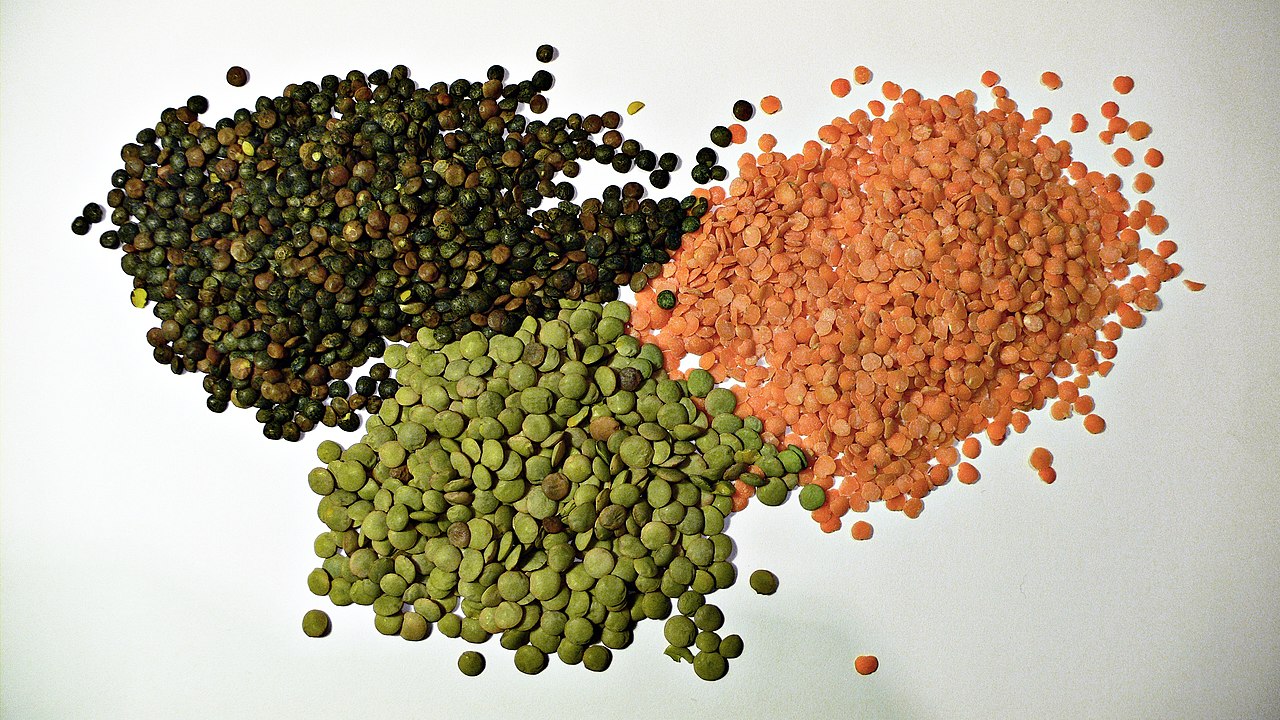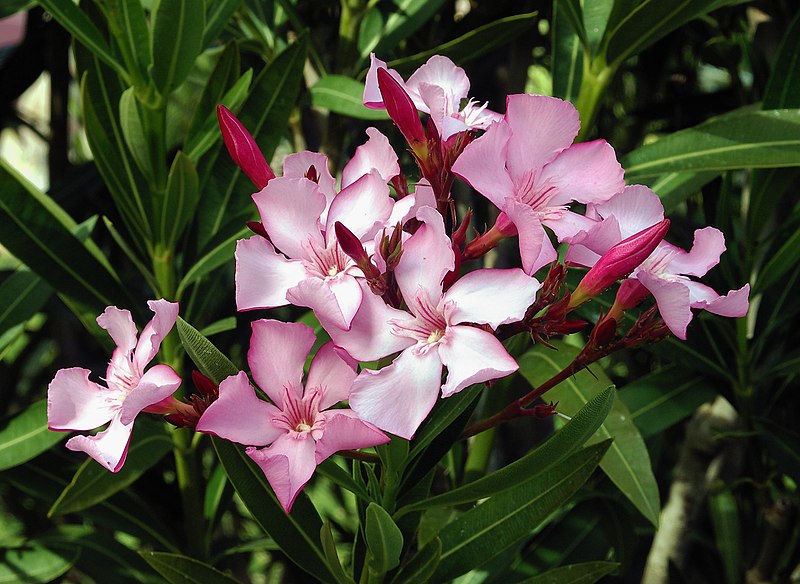

The Background
Bayer's attempts to acquire Monsanto & Monsanto's efforts to either play hard-to-get or to scupper the acquisition altogether (it isn't clear which) is making headlines these days. Bayer is serious enough about the whole thing that it has taken the following convincing steps:
1. It has lawyered up with some of the leading names in the legal advisor industry.
2. It has taken on a huge debt burden & a share price drop to be in a position to offer Monsanto an impressive 37% premium on Monsanto's May 9, 2016 closing share price.
The convoluted explanation for Bayer's enthusiasm cited by some media analysts is that Bayer is a leading manufacturer of herbicides & pesticides, & Monsanto's GMO product line simultaneously sabotages Bayer's pesticide business & encourages its herbicide business. But what does that mean? Does Bayer intend acquiring Monsanto in order to shut down its GMO business? Or does it intend to transition into GMO itself & shutter its own pesticide & herbicide business? Considering that Monsanto manufactures pesticides & herbicides, too, wouldn't such a move against Bayer be the commercial equivalent of Monsanto shooting itself in the foot?
On the other hand, what exactly is Monsanto trying to achieve? Does it truly believe that it can go it alone? If that were so, what made Bayer see it as a potential acquisition target? A company as large & reputable as Bayer, isn't likely to mistake a company flush with cash as a bankrupt loser, is it? Or is Monsanto trying to drive up its price? If that were so, it is playing a very risky game because declaring a 37% premium unsatisfactory appears to be a sufficiently reckless strategy to put a huge question mark on the competence of the Monsanto decision makers.
Differing Perspectives
From Bayer's point-of-view, Monsanto does make an attractive acquisition target because, unlike Bayer, Monsanto's Y-O-Y revenue, operating income & net income have taken a dive. Also, unlike Bayer, Monsanto's reputation is seriously tarnished by a number of scandals all over the world, most notably in Argentina, Brazil, China & India, which revolved around dispossessing agricultural landowners & claiming that Monsanto seeds were more effective than they really were. Besides, in terms of being the driving force behind an important global cash cow, "HEROIN" was a Bayer trademark until after World War I.
Monsanto, despite its obvious cash flow issues, seems certain that it can squeeze more money out of Bayer - or continue to operate as an independent entity. Perhaps because it reportedly commands a position of great respect & importance with the leadership of the United States, the United Kingdom & Continental Europe, a status that was probably established way back in the 1940s, when Monsanto became a key player in the Manhattan Project & wound up assisting in the obliteration of 2 cities for the sake of world peace.
Admittedly, both companies make strong cases for their individual stances. That may be the reason behind the fact that Bayer-Monsanto negotiations have hit an increasingly-boring stalemate, & nobody can give outside investors & speculators the slightest idea what the result is most likely to be or what to do to profit from said result.
Agritech Limited (Haripur, Hazara, Khyber Pakhtunkhwa)
The main aim of scientific research is to ascertain whether the link between two or more separate entities or events is causative or correlative; in short, does factor A trigger factor B, does factor B trigger factor A, or are factors A & B triggered by a third factor C? The media is so convinced that the only relevant factors in the Bayer-Monsanto negotiations can be found within the headquarters of either Bayer or Monsanto, they haven't stopped to wonder whether the answer could be found 12,376 km from the US & 5,310 km from Germany...in Pakistan.
Bayer, with the typical stoic way of doing business that Germany is adored for globally, maintains its offices in Pakistan openly under the Bayer brand name. Monsanto, however, exhibits the signature discretion of the American modus operandi: while it is unconfirmed whether Agritech is Monsanto's local subsidiary, it is crystal clear that the 2 companies share a special relationship. Agritech is a manufacturer of fertilizer in Haripur; in December last year, it won a case in the Peshawar High Court (PHC) where it claimed that it had received less than its fair share of the subsidies on offer in the Pakistani Prime Minister's "Kissan Package". The PHC ruling was challenged in the Supreme Court (SC), the latest on which is that the Bench has reserved its decision.
According to Wikipedia, the definition of "reserved decision" is as follows:
Reserved decision is a legal term. After the hearing of a trial or the argument of a motion a judge might not immediately deliver a decision, but instead take time to review evidence & the law & deliver a decision at a later time, usually in a written form.
Therefore the US$62 billion (& counting?) question would be: Is Monsanto waiting to see whether it will receive the required cash infusion as a subsidy from the Pakistan Government or will it need to eat humble pie & accept Bayer's offer?







